
Đồ Chua is a vibrant Vietnamese pickled vegetable mix, typically made from julienned carrots and daikon radish. If pickling vegetables intimidate you, don’t let this one! It’s extremely simple to make.
It’s a staple condiment that brings a perfect balance of sweet, sour, and slightly salty flavors with a satisfying crunch. This pickled mix is essential in many Vietnamese dishes, such as the beloved bánh mì sandwich, where it cuts through rich, savory ingredients and adds freshness.
Beyond bánh mì, Đồ Chua also brightens up rice bowls, vermicelli noodle dishes, spring rolls, and even grilled meats, making it incredibly versatile in Vietnamese cuisine.
One of the best things about Đồ Chua is how simple and quick it is to make at home. The basic recipe requires just a few ingredients: carrots, daikon, sugar, rice vinegar, salt, and water. After thinly slicing or julienning the vegetables, you dissolve the sugar and salt in vinegar and water, then pour the brine over the veggies. Letting it sit for at least a couple hours (though ideally overnight) allows the flavors to develop.
The result is a tangy, crunchy pickle that can be whipped up in no time and stored in the fridge for weeks, making it a convenient and delicious addition to many meals.
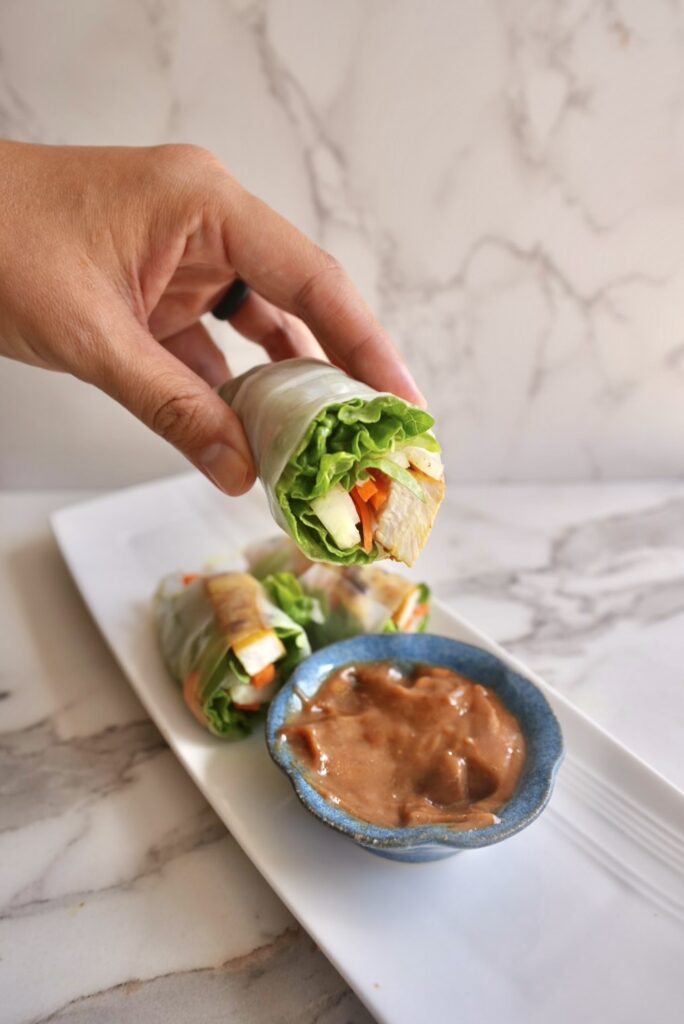
What Is Đồ Chua Used For?
Do Chua adds a bright, tangy crunch to many dishes. Here are several ways it’s commonly used:
- Topping for Grilled Meats or Seafood: Complements fatty grilled items with its sharp, sweet, and sour flavor.
- Banh Mi Sandwiches: The most iconic use, adding crunch and acidity that balances rich meats and pâté.
- Vietnamese Spring Rolls: Adds texture and a burst of flavor inside fresh rice paper rolls.
- Rice Bowls (Com Tam or Com Ga): Served alongside rice or grilled chicken bowls for a refreshing contrast.
- Banh Xeo (Vietnamese Sizzling Pancakes): Eaten as a side to cut through the richness of the crispy crepes.
- Vermicelli Noodle Bowls (Bun): Topped on bowls with grilled pork or shrimp for brightness and texture.
- Salads or Slaws: Mixed into or served with green papaya or cabbage slaws to add acidity and crunch.
Ingredients:
Here’s a breakdown of each ingredient in Đồ Chua:
- Daikon radish: Adds a mild peppery flavor and soft crunch that absorbs the brine well.
- Carrots: Bring natural sweetness and a vibrant color contrast to the mix.
- Sugar: Balances the vinegar’s sharpness with a touch of sweetness.
- Rice Vinegar: Provides the essential tangy acidity that defines Đồ Chua.
- Salt: Enhances flavor and helps draw out excess moisture from the vegetables.
- Water: Dilutes the brine to keep the pickles crisp and not overly sour.

How to Make Đồ Chua (Vietnamese Pickled Daikon and Carrots)
- Total Time: 15 minutes
Description
Đồ Chua is a Vietnamese pickled mix of daikon and carrots, known for its crisp texture and sweet-tangy flavor, commonly served in dishes like bánh mì and bún thịt nướng (vermicelli noodle bowls).
Ingredients
- 1/2 daikon radish (200 grams), julienned
- 2 carrots (200 grams), julienned
- 1/4 cup sugar
- 1 tbsp kosher salt
- 1 1/4 cup water
- 1/2 cup rice wine vinegar
Instructions
- In a jar or Tupperware, combine the sugar, salt, water, and rice wine vinegar. Stir until dissolved.
- Add the julienned carrots and daikon, pressing them down to fully submerge in the brine.
- Let it sit for at least 2 hours (best overnight) in the fridge.
Notes
Here are a few tips to help your Đồ Chua last longer:
- Always use clean utensils when taking some out. Don’t use your fingers!
- Make sure the vegetables stay fully submerged in the brine to prevent spoilage. If it starts to smell off, becomes slimy, or develops mold, it’s time to toss it.
- While it’s best in the first 1 – 2 weeks for peak crunch and flavor, it stays safe and tasty for several weeks if well-stored.
- Here is a link to the jar I used.
- Prep Time: 15 minutes

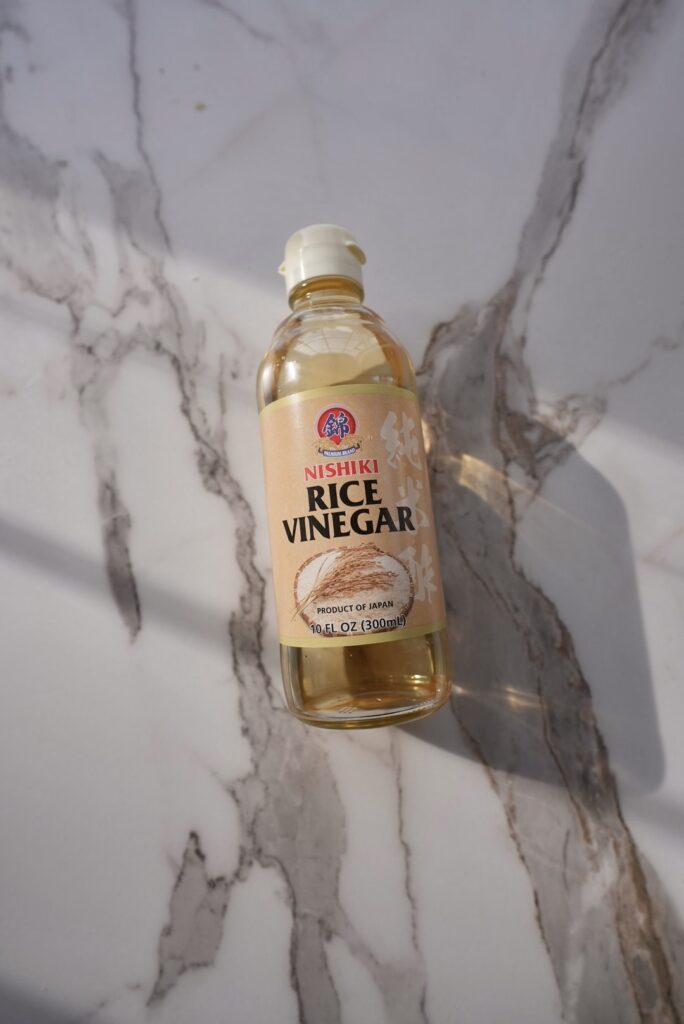



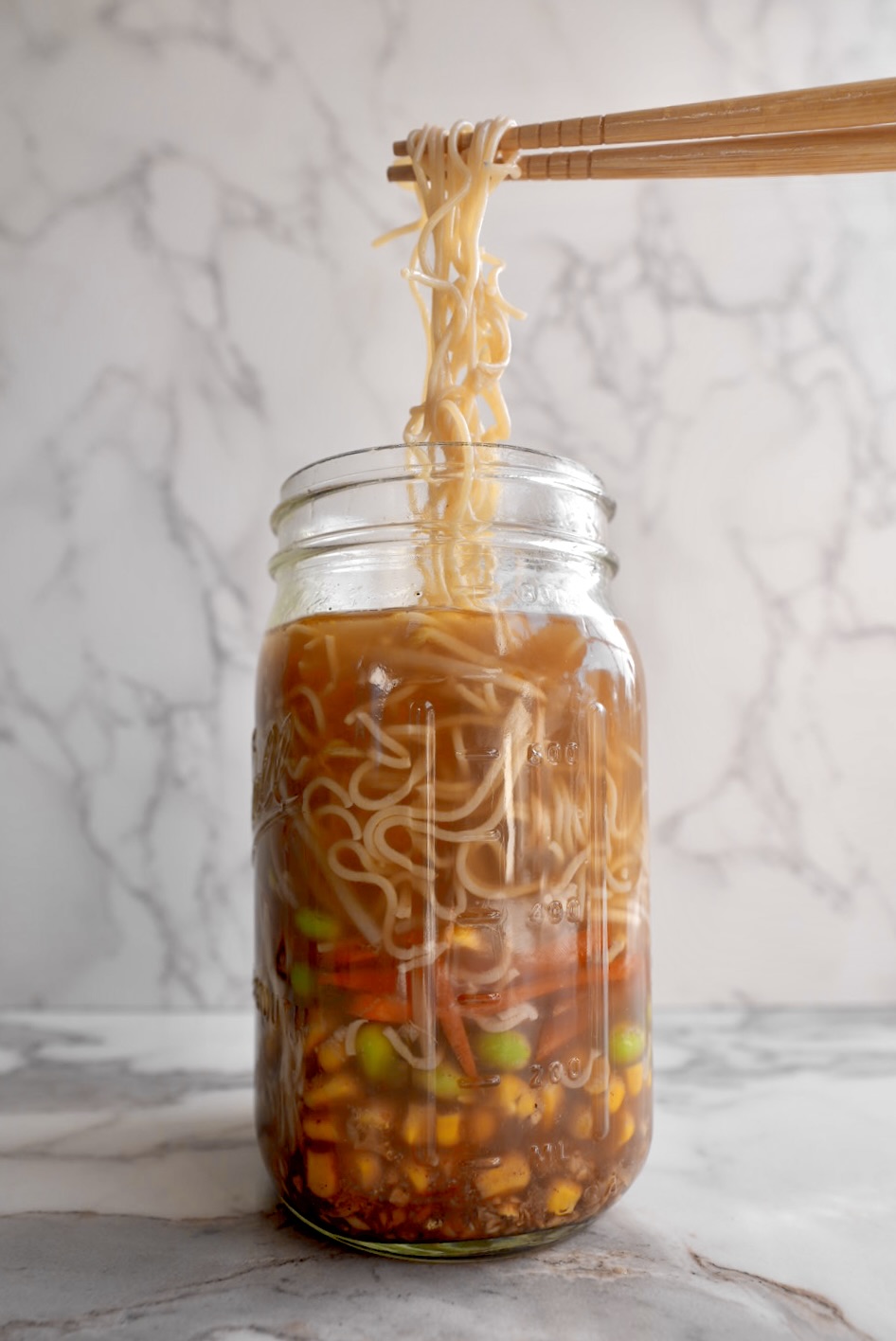
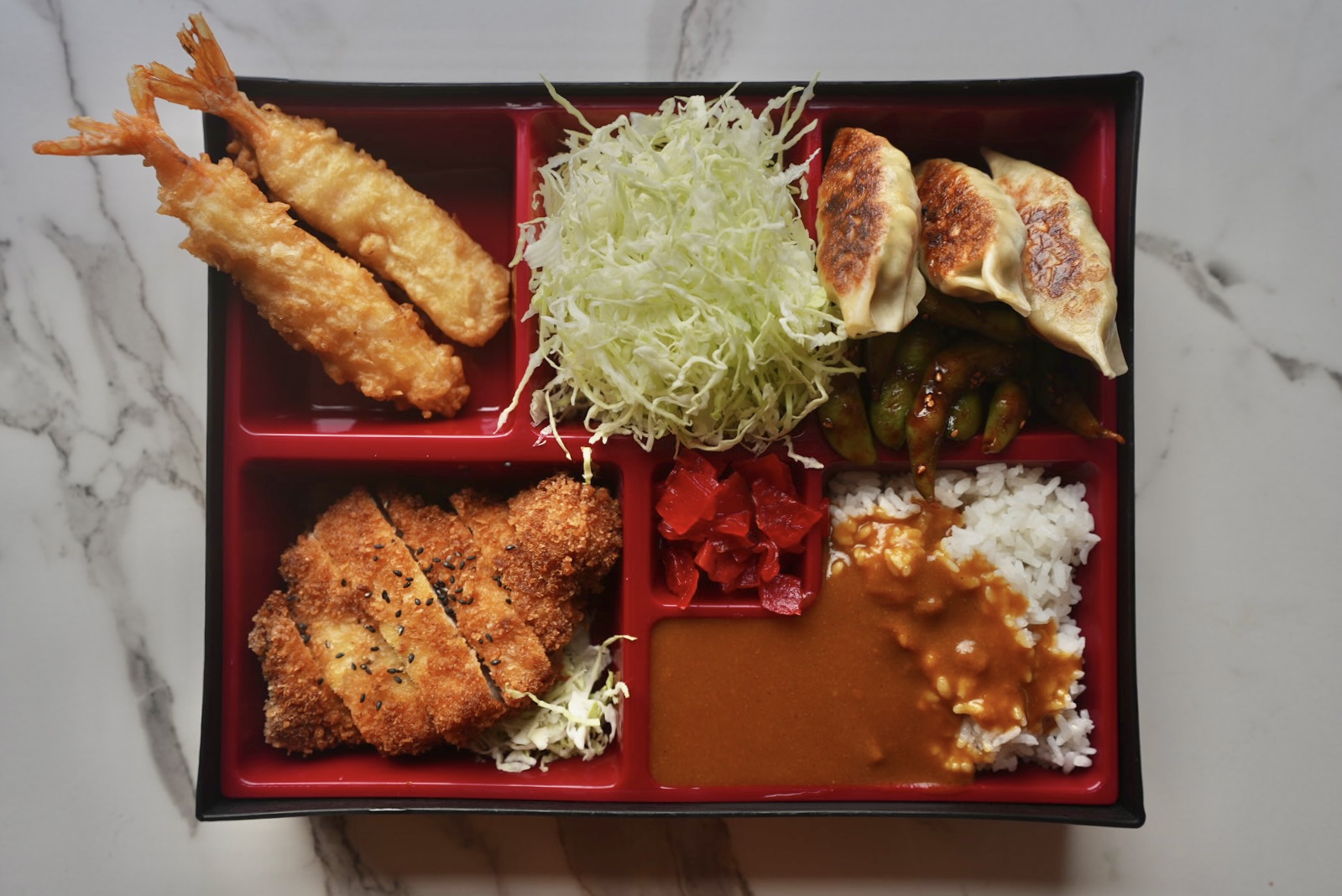
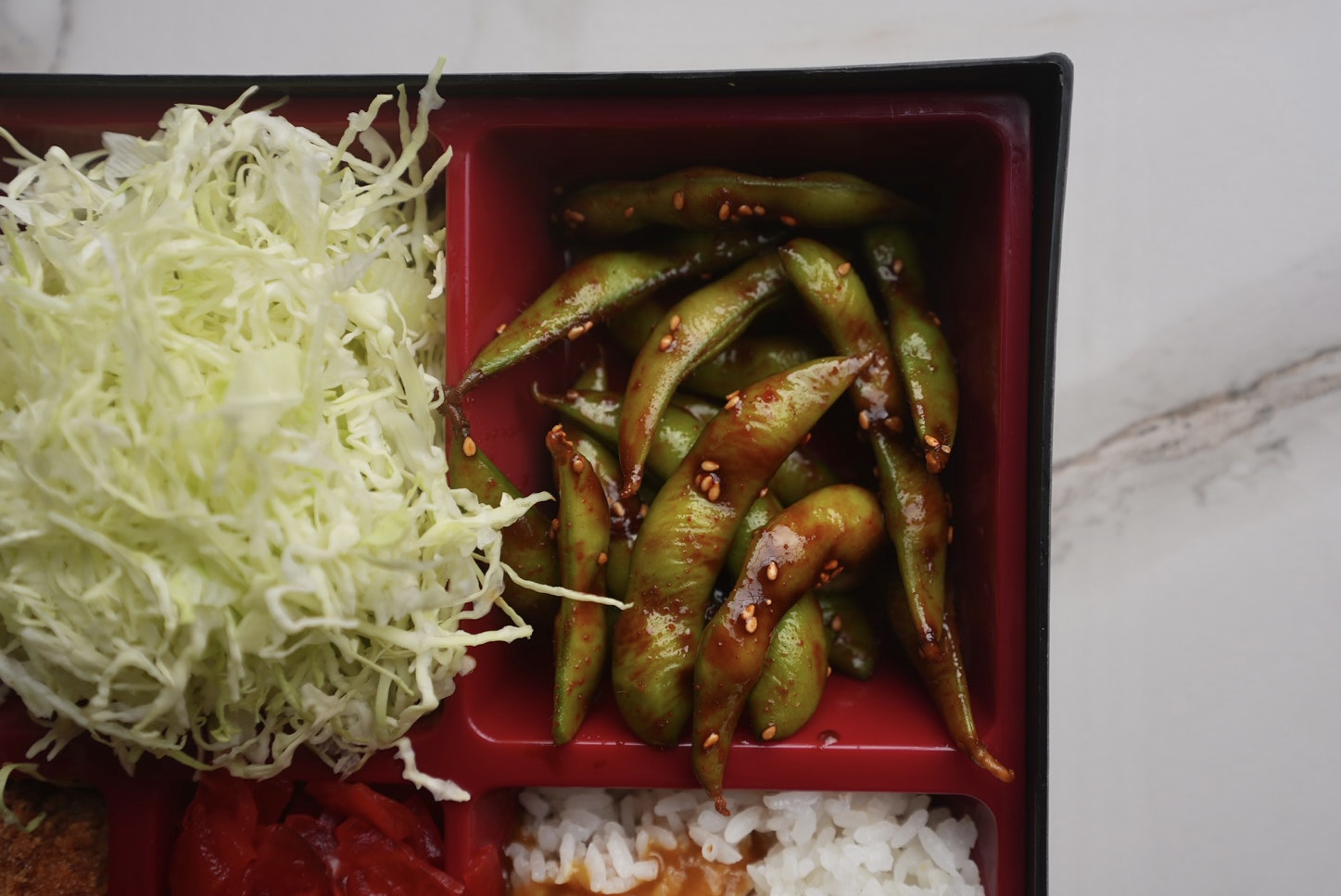
These were crunchy, tangy, and just the right amount of sweet. I really want to get into pickling more veggies
Agreed – perfect level of everything! Hope you can try out more pickled veggies!